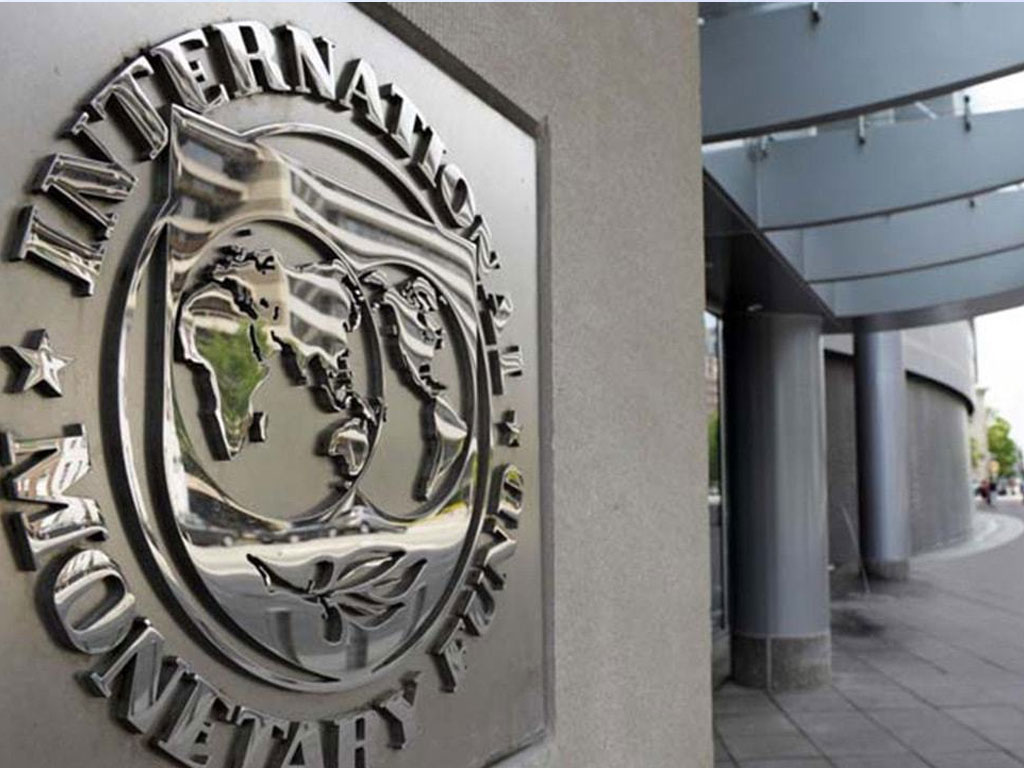IMF's pragmatic Pakistan package

The Board of Directors of the International Monetary Fund (IMF) formally approved the 39-month 6 billion dollar Extended Fund Facility for Pakistan to "support the government's economic reform programme." The jury is not out on how much of the reform programme was actually formulated by Pakistan's economic team as the general consensus within the country is that prior (already implemented by the State Bank of Pakistan and the Finance Ministry as reflected in the budget 2019-20) and during programme conditions were stipulated by the Fund. Reports not refuted by the government indicated that the Asad Umar-led Finance Ministry had presented a detailed homegrown alternate macroeconomic framework for the bailout package to the Fund staff but once the team was changed, Pakistan's concerns about the IMF formulated framework were dropped.
The prior conditions by the SBP - market-based exchange rate and a rise in discount rate - account for: (i) a depreciating rupee that has led to a rising oil import bill in proportion to the erosion of the rupee (not to mention the rise in the international prices of oil as a consequence of Trump's conflict with Iran) with implications on the transport sector that impacts on the poor as well as higher income levels; not surprisingly the IMF has made no projections of Pakistani rupee per US dollar in the outgoing or the current financial year; and (ii) the rise in the discount rate that has rendered credit as an input more expensive making our struggling productive sectors unable to compete internationally (a situation worsened by levy of 17 percent sales tax on local inputs of value-added textile industry in the budget 2019-20 with exporters complaining that their liquidity would be further compromised given the government's poor record in making refunds on their exports). It is no wonder that the IMF projects a decline in private credit to 13.5 percent in the current year as opposed to 15.7 percent the year just past.
And the budget documents for the current year envisage a 2.4 percent growth rate and 13 percent rate of inflation (figures identical to the data uploaded on the IMF website) are indicative of stagflation with negative repercussions on the employment opportunities. And data for the outgoing year presents serious challenges for claims made by the government (as well as the IMF): (i) large-scale manufacturing suffered a negative 3 percent growth rate in 2018-19 and the IMF projection for non-government, including public sector entities gross capital formation is projected at 14.7 percent (as opposed to 15.4 percent in the outgoing year) - data that does not lend any comfort level to higher productivity; government investment is to rise to 3.3 percent of GDP in the current year as opposed to 3.1 percent last year - figures which compare unfavourably with 4.2 percent in 2017-18, and 4.9 percent in 2016-17; (ii) government saving rate would deteriorate to negative 3.8 percent of GDP this year compared to negative 3.6 percent in the outgoing year implying government investment would be funded by foreign savings (borrowing); (iii) the budget balance including grants is projected at negative 7.3 percent (unsustainable) for the current year which when compared with negative 6.8 percent projected for 2018-19 appears to be contrary to previous IMF programmes whereby the deficit has to be significantly lowered during the first year of a programme. However, the IMF indicates that for both the current and preceding year, projections are provisional which lead one to conclude that the actual deficit for 2018-19 is in all probability well above 8.5 percent; and (iv) government debt (including IMF obligations) would rise to 77 percent in the current year as opposed to 74.9 percent in 2018-19. And debt servicing would rise considerably in the current year constituting 45.7 percent this year compared to 37.9 percent the year before and only 26.3 percent in 2017-18.
While one gives the government credit for its objective to raise revenue/grants to 16.3 percent in the current year (through going proactively against the corrupt and the benami asset holders) as opposed to 15 percent in 2018-19 yet projecting an export growth of 8.2 percent next year against 0.2 percent in 2018-19 appears to be too optimistic to be realistic. Imports are projected to decline by 4.7 percent, which may be difficult in rupee terms if the depreciation continues at the current pace, however, with most of the mega infrastructure projects under the China Pakistan Economic Corridor complete imports should come down in any event the depreciating rupee coupled with regulatory duties would also discourage imports.
The executive directors, who were also reportedly informed that China and Saudi Arabia have agreed to roll over the loans made last year, urged that Pakistan implement the Finance Action Task Force plans by October this year, and expressed satisfaction over energy price reforms, conditions that were noted in the press release uploaded on the IMF website on 12 May 2019.
Details of during programme conditions have not yet been released by the IMF and so far the Pakistani public is struggling to cope with the prior conditions. It is perhaps the front loading of the IMF programme, reportedly noted by several executive directors of the IMF Board that accounted for their reference to the need for a 'contingency plan' if the adjustment process does not proceed as expected. Additionally, the executive directors highlighted the risky nature of the EFF given Pakistan's weak track record and the magnitude of the economic challenges facing the country with several stating that their support was 'a leap of faith'. It is precisely for these compelling reasons, notably the heavy political cost of the programme, that is extremely arduous for any government for long and the inability of the programme to deliver on the projected macroeconomic indicators that Business Recorder has time and again advocated the need for the preparation of a Plan B that must be homegrown, realistic and not back-breaking for the poor people of this country.






















Comments
Comments are closed.